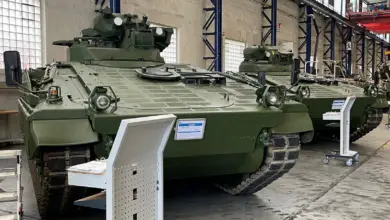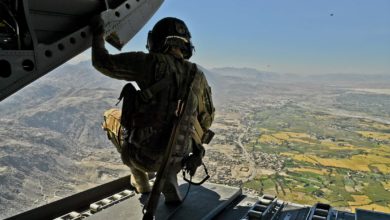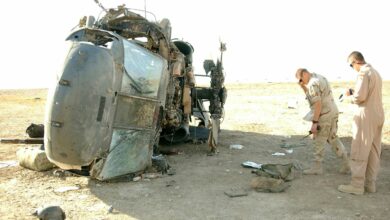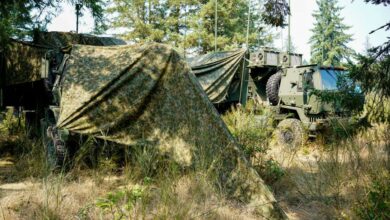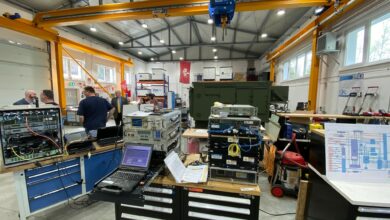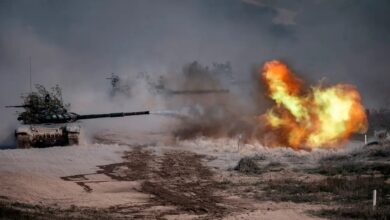Rheinmetall Joins US Firms in Bid to Replace Bradley
The new vehicle will have a crew of two soldiers and an “AI-powered virtual third crew member.”
German arms maker Rheinmetall is teaming up with US firms Raytheon and L3Harris to bid on the replacement of the four-decade-old M-2 Bradley infantry fighting vehicle.
The proposed vehicle design will be based on Rheinmetall’s Lynx KF41 infantry vehicle, according to a statement by Raytheon Technologies, which will develop weapons, sensors, artificial intelligence, and system integration expertise for the vehicle.
Aging Bradley
Introduced in 1981, the Bradley is used to transport soldiers, provide fire support to dismounted troops and engage enemy fighting vehicles.
In 2018, the US Army felt that the aging warhorse had reached its limit in accommodating new electronics, armor, and defense systems, and needed to be replaced.
After extensive deliberation and revised guidelines, the army published a new Optionally Manned Fighting Vehicle (OMFV) program criteria in April 2020.
The army plans to deploy the replacement by 2028, according to Raytheon.
AI-Powered Crew
Unlike the Bradley, which has a three-member crew of commander, gunner, and driver, the new vehicle will have a crew of two soldiers and an “AI-powered virtual third crew member,” the statement added citing one of the requirements of the replacement vehicle stated by the army.
“We will design a vehicle where artificial intelligence detects, identifies, and tracks a target, but leaves the engagement decision to the soldier,” said Pat McCormack, a capability analyst at Raytheon Missiles & Defense.
Flexible Structure
Rheinmetall, the prime contractor, meanwhile, chose its second partner, L3Harris, for the project to provide “vehicle mission systems, cybersecurity and its modular open systems approach (MOSA)” for the vehicle, L3Harris stated.
MOSA simplifies the integration of new mission systems, which allows the vehicle to receive upgrades and adapt according to threats faced on the battlefield.
For example, the Lynx KF41 vehicle, which has a common drive module and a flexible mission kit arrangement, can be configured “as an infantry fighting vehicle, an armored personnel carrier, a command vehicle, a recovery vehicle or an ambulance,” Rheinmetall said in a statement.
The 37-55 ton highly modular tracked armored vehicle also provides “unprecedented flexibility…to cope with the wide variety of threats faced across the spectrum of conflict,” the statement added.
“The ballistic and mine protection packages can be easily exchanged, even in the field if needed, while the full spectrum of threats has been taken into account, including roof protection against cluster munitions.”


